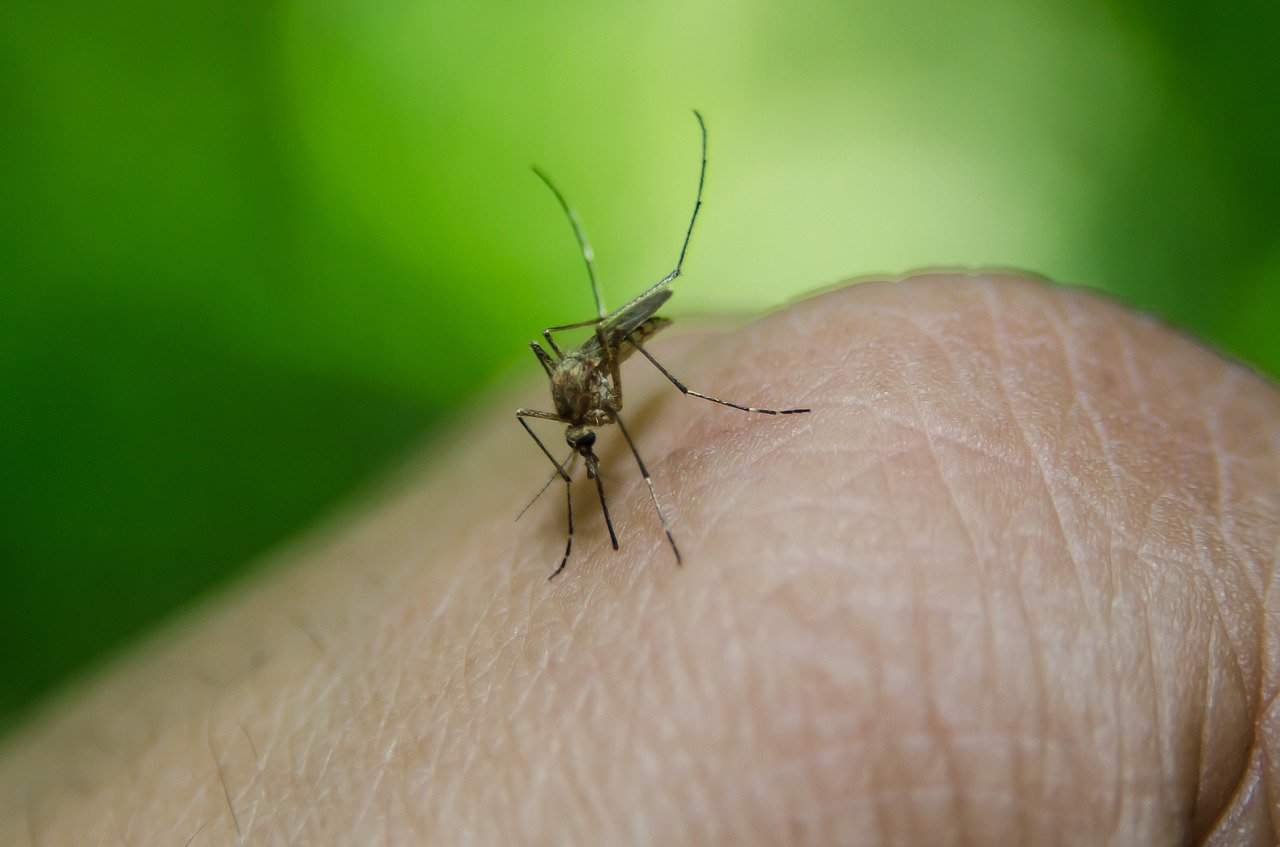The Pan American Health Organization (PAHO) warned on Tuesday that cases of dengue, Oropouche, and avian flu (H5N1) have risen this year across the Americas. The region is experiencing its worst dengue epidemic since records began in 1980, with over 12.6 million cases—nearly three times more than in 2023, according to the organization.
More than 21,000 of these cases have been severe, with over 7,700 deaths reported. Argentina, Brazil, Colombia, and Mexico account for 90% of cases and 88% of deaths. “Dengue is posing a greater-than-usual risk to children” in countries like Guatemala, said Dr. Jarbas Barbosa during a virtual press conference.
Children under 15 represent more than a third of severe cases in countries like Costa Rica, Mexico, and Paraguay. Barbosa attributed the situation to climatic events that favor mosquito proliferation, unplanned urbanization, stagnant water, and poor waste management, which create breeding grounds for mosquitoes. However, “we are not defenseless against dengue,” he emphasized.
While dengue vaccines have been introduced in Brazil, Argentina, and Peru, with Honduras planning to join in 2025, they “will not stop the virus’s spread in the short or medium term and do not provide immediate relief during an outbreak,” PAHO’s director noted. For the future, “we don’t have a crystal ball,” said Sylvain Aldighieri, director of the Department for the Prevention, Control, and Elimination of Communicable Diseases.
However, “we have observed intense and widespread circulation of the dengue virus during the 2023-2024 period, resulting in high immunity levels,” he added during the press conference. PAHO has also detected an increase in Oropouche cases, a virus transmitted by infected midges and some mosquito species. More than 11,600 cases have been reported this year, primarily in Brazil.
Notably, there is a “growing geographic expansion” of the outbreak beyond the Amazon Basin to areas with no prior history of the disease. The potential for maternal-infant transmission is also under investigation, Barbosa highlighted. Regarding avian flu, 19 countries in the Americas have reported animal cases this year, with two countries confirming human cases.
“In 2024, 58 human cases have been reported in the United States and one in Canada, compared to three in the previous two years across the entire region,” Barbosa stated. While H5N1 primarily affects birds, it is now infecting other species, including dairy cattle in the United States.







